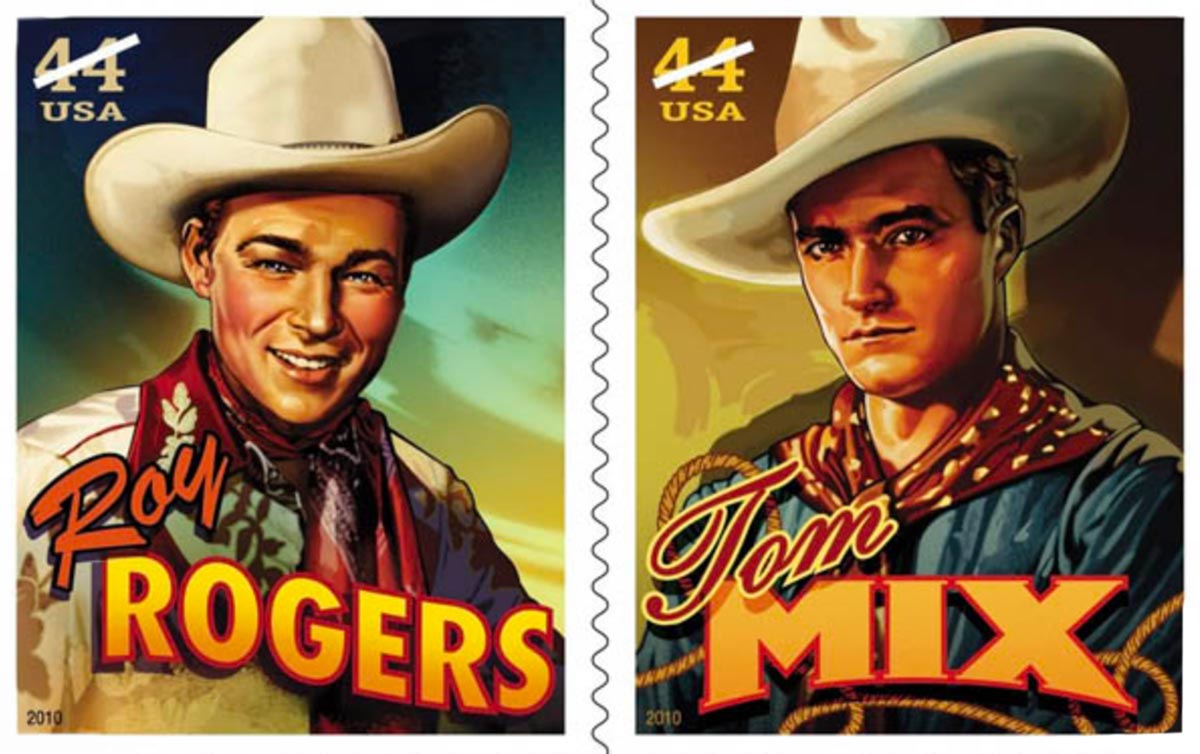

The boot is a staple for working cowboys. Most likely modeled after English riding boots, the cowboy boot was made of thicker leather and taller shafts to protect feet and legs. While there is no definitive date of when cowboy boots came into use, many believe they developed in parallel to the cattle ranches of the late 1800s. But it was the movie and television westerns of the 1950s that introduced this style of boots into popular culture.
Cowboy boots were popularized by actors such as Tom Mix, and Roy Rogers and Dale Evans. The boots of the silver screen were bolder than normal so that audiences could see and appreciate them. The boots and their designed symbols served as clues to help the audience identify the good guys from the bad guys.
Boot shoppers today can choose from a wide range of colors, leathers, designs, toe shape and heel height; choices that were much more limited in the 1940s when boots were beginning to be popular. During World War II leather was in short supply, giving rise to what was called a pee-wee boot. The shorter boot was easier to put on and take off.